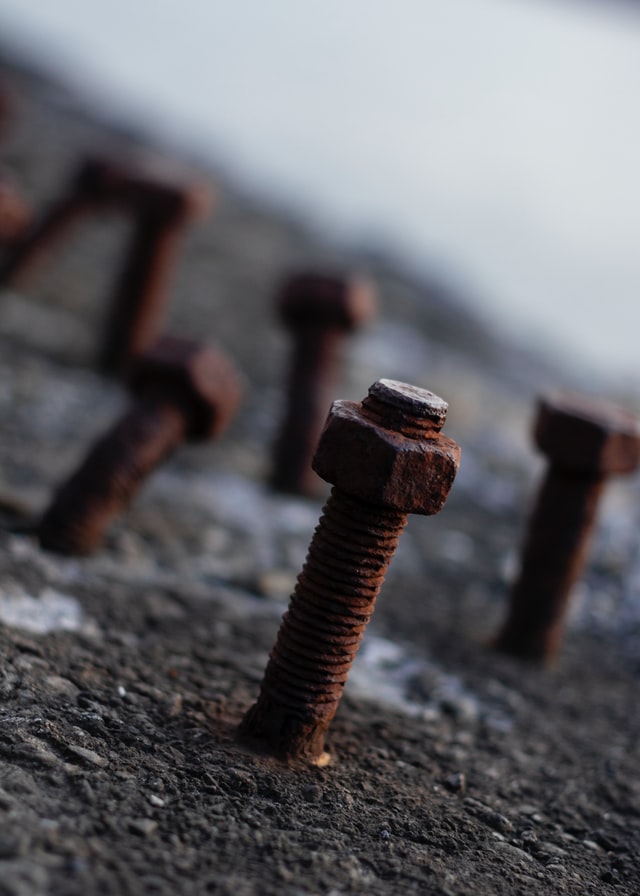Companies use a variety of machines to complete manufacturing processes each day. The machines must be serviced properly to keep them operational and decrease wear and tear. Components such as the ball screw could become damaged for a multitude of reasons. When this happens, the business owner must set up repair services or determine if it is time to replace it.
What Are the Most Common Reasons For Failures?
When it comes to the ball screws on the machinery, there are several reasons the components could fall. First, if there were any accidents involving the machine, it could have damaged the ball screw and other components. Electronics malfunctions could cause enough damage that the ball screw needs repairs or replacement services. If the machine itself was poorly designed, this could include inferior components, and the business owner will need to purchase a new machine once wear and tear set in.
If workers add too high of a preload to the machines, it causes ball screw damage. Any misalignments of the ball screw, environmental risks, or even worker errors could lead to failures and damage. The company must also complete routine maintenance service according to the product manufacturer or components such as the ball screw will fail. If the business owner notices any of these conditions, they will need to contact a service provider and set up a ballscrew repair promptly to avoid further machine damage.
What Are the Warning Signs of Failure?
Corrosion or signs of pitting are the most common signs of a ball screw failure. This could mean that the part has become contaminated and is deteriorating at a rapid rate. Heat discoloration is an obvious sign, too. If the workers notice any signs of chatters or wobbles, the ball screw isn’t performing as expected.
The parts must be lubricated during routine maintenance service, and if they weren’t, the ball screw becomes damaged and fails. It will damage the bearings and cause damage throughout the machine.
Misalignments, where there are constant vibrations, could bend the shaft that houses the ball screw, and this causes damage to the housing. Any excessive buildup on the machines that weren’t cleared away could increase the risk of failures. Once the ball screw has failed, the machine will consume more energy, contaminate the products created with the machines, cause damage throughout the equipment, and workers could be at risk of injuries.
Repair or Replace–Which Is Better?
If the ball screw itself hasn’t failed completely, it may be possible to repair the component. Many service providers do not recommend repairs if there are signs of considerable wear. A complete replacement could prevent machine damage and keep the machines operating as expected.
Reviewing the Service Provider’s Credentials
When choosing a repair service for the replacement, the business owner must review the service provider’s credentials. They must be certified in ISO 9001 and have experience working with CNC 5-axis machining centers.
Business owners will need to inspect the ball screws inside their machines regularly. If the component is failing, it could present several issues for the business owner, including product damage. When reviewing the components, it is vital for the owner to review specific telltale signs of failure. This could help them schedule the right services to get their machines working properly again.

